
AeroGenie — Votre copilote intelligent.
Tendances
Categories
Concerns at Boeing Over the World's Largest Twinjet Aircraft
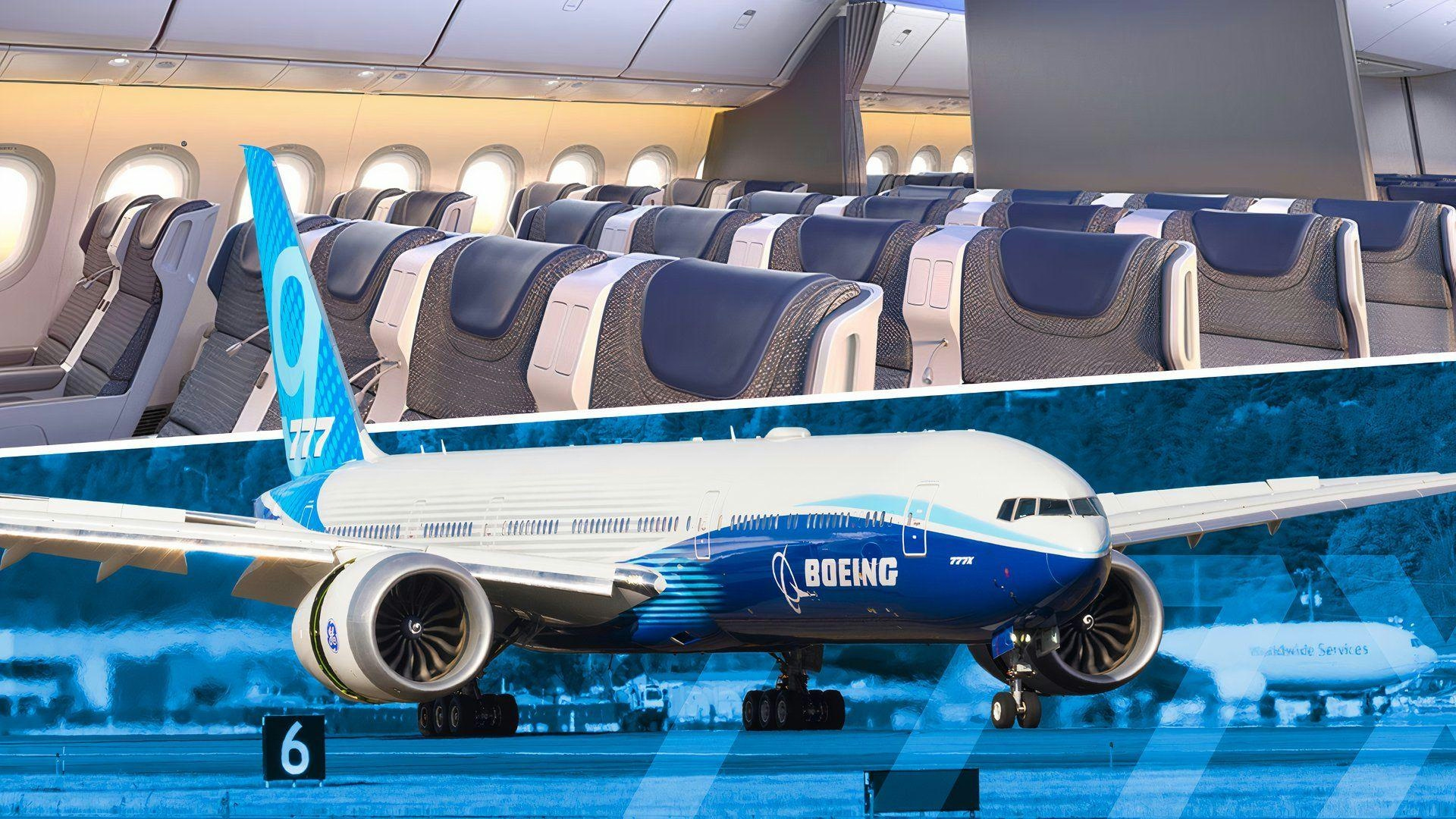
Concerns at Boeing Over the World's Largest Twinjet Aircraft
For decades, Boeing and Airbus have dominated the global long-haul aviation market, with their widebody aircraft—such as Boeing’s 777 and 787 families and Airbus’s A330 and A350 series—forming the backbone of major airlines’ intercontinental fleets. In this highly competitive segment, factors such as size, efficiency, and technological innovation remain paramount. Boeing’s latest initiative to maintain its leadership is the development of the next-generation 777X program, which will be introduced in two variants: the long-range 777-8 and the 777-9. The 777-9 is poised to become the world’s largest twin-engine passenger aircraft, designed to carry more passengers over greater distances than any other twinjet currently in service.
Technological and Market Challenges
Despite Boeing’s ambitions, the company faces significant challenges from both traditional competitors and emerging propulsion technologies. Rolls-Royce, the UK-based engine manufacturer, has developed the UltraFan engine—a breakthrough design that could redefine the capabilities of future twinjets. Although the UltraFan has not yet been assigned to any aircraft program, its scalable architecture and 140-inch fan diameter promise substantial improvements in fuel efficiency, emissions reduction, and noise abatement. This engine has the potential to power a new generation of widebody aircraft, potentially surpassing Boeing’s latest models, which rely on General Electric’s GE9X engines, in operational efficiency and environmental performance.
Boeing’s decision to proceed with the 777X program was driven by increasing international travel demand and airlines’ requirements for aircraft capable of flying longer routes with higher passenger capacity while simultaneously reducing fuel consumption and emissions. Historically, comparisons among long-haul widebodies have centered on payload, range, and seating capacity. However, as the aviation industry shifts its focus toward sustainability, propulsion efficiency and environmental impact have become equally critical. Rolls-Royce’s UltraFan directly addresses these evolving priorities, establishing new performance benchmarks that could influence the design and competitiveness of future widebody aircraft.
Safety Concerns and Market Dynamics
Beyond technological competition, Boeing is contending with intensified scrutiny following the Alaska Airlines 737 MAX 9 mid-air blowout incident. This event prompted investigations by the National Transportation Safety Board (NTSB) and reignited concerns regarding Boeing’s quality control and safety culture. These issues have cast a shadow over Boeing’s broader commercial aircraft programs, including the 777X, even as the company endeavors to reassure regulators and customers of its commitment to safety and reliability.
Despite these challenges, Boeing has experienced positive market momentum, with its stock rising in response to its involvement in NASA’s Artemis II program, which leverages the company’s expertise in space exploration. The recent appointment of a seasoned aerospace chief financial officer and strategic participation in NASA’s lunar missions reflect Boeing’s efforts to strengthen its market position and restore confidence among stakeholders.
Meanwhile, Airbus continues to maintain its competitive advantage in widebody aircraft deliveries, as evidenced by recent data from May 2025. As the industry anticipates the 777X’s entry into service, the emergence of advanced propulsion technologies like the UltraFan, coupled with ongoing safety investigations, highlights the complex environment Boeing must navigate to sustain its leadership in the high-capacity, long-haul aviation market.
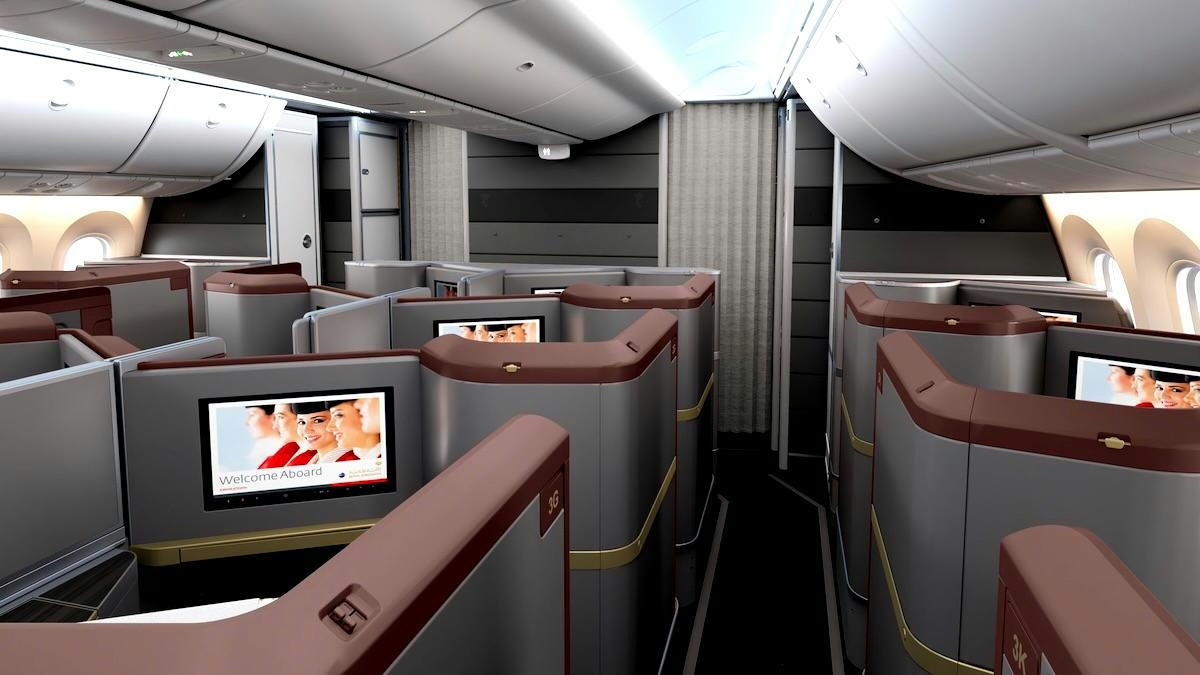
Royal Jordanian to Refurbish Boeing 787-8 Fleet
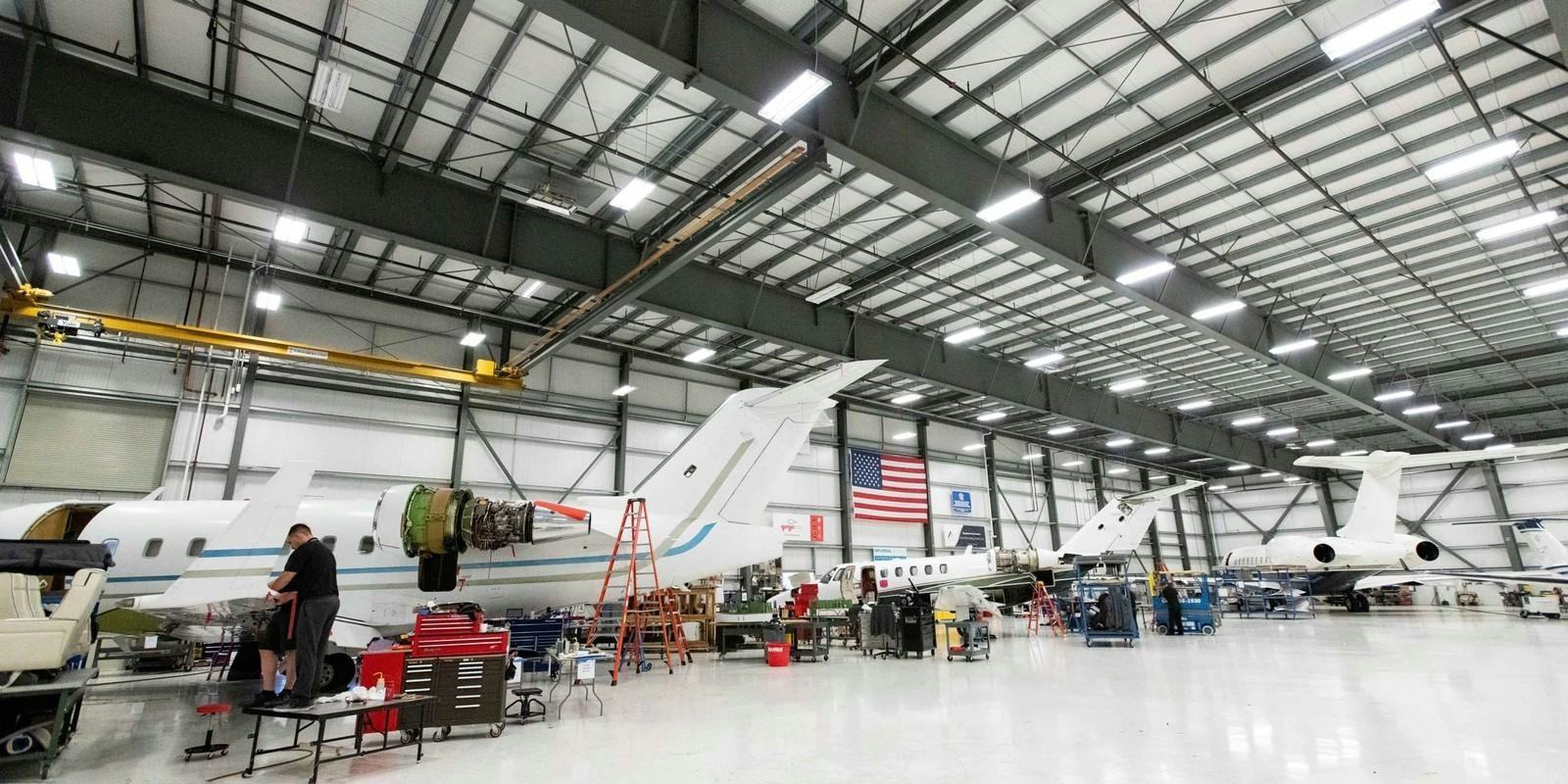
Expert Calls for Policy Reform to Boost Local MRO Investment and Reduce $1 Billion Maintenance Costs
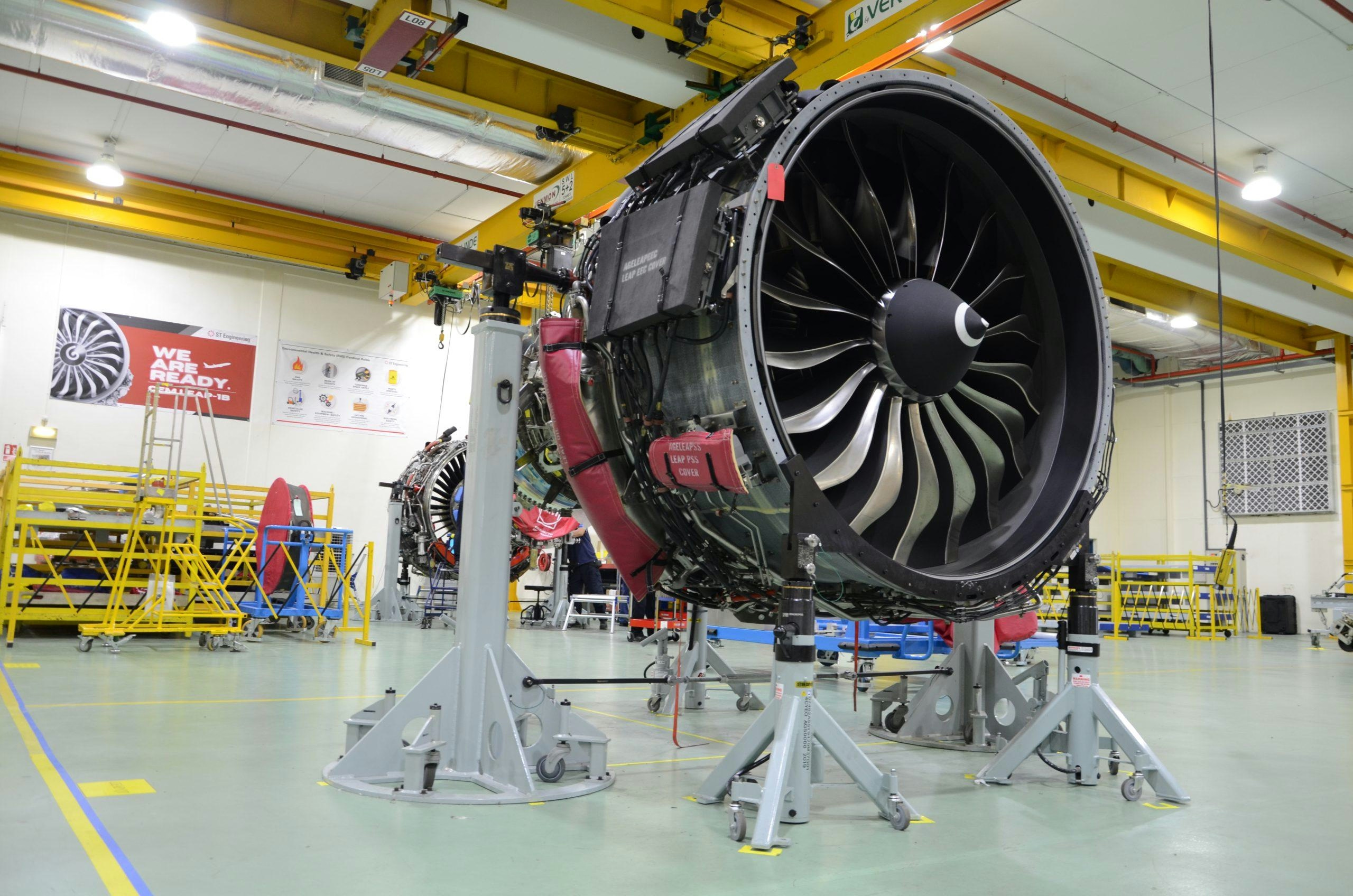
MRO Update: October 21, 2025
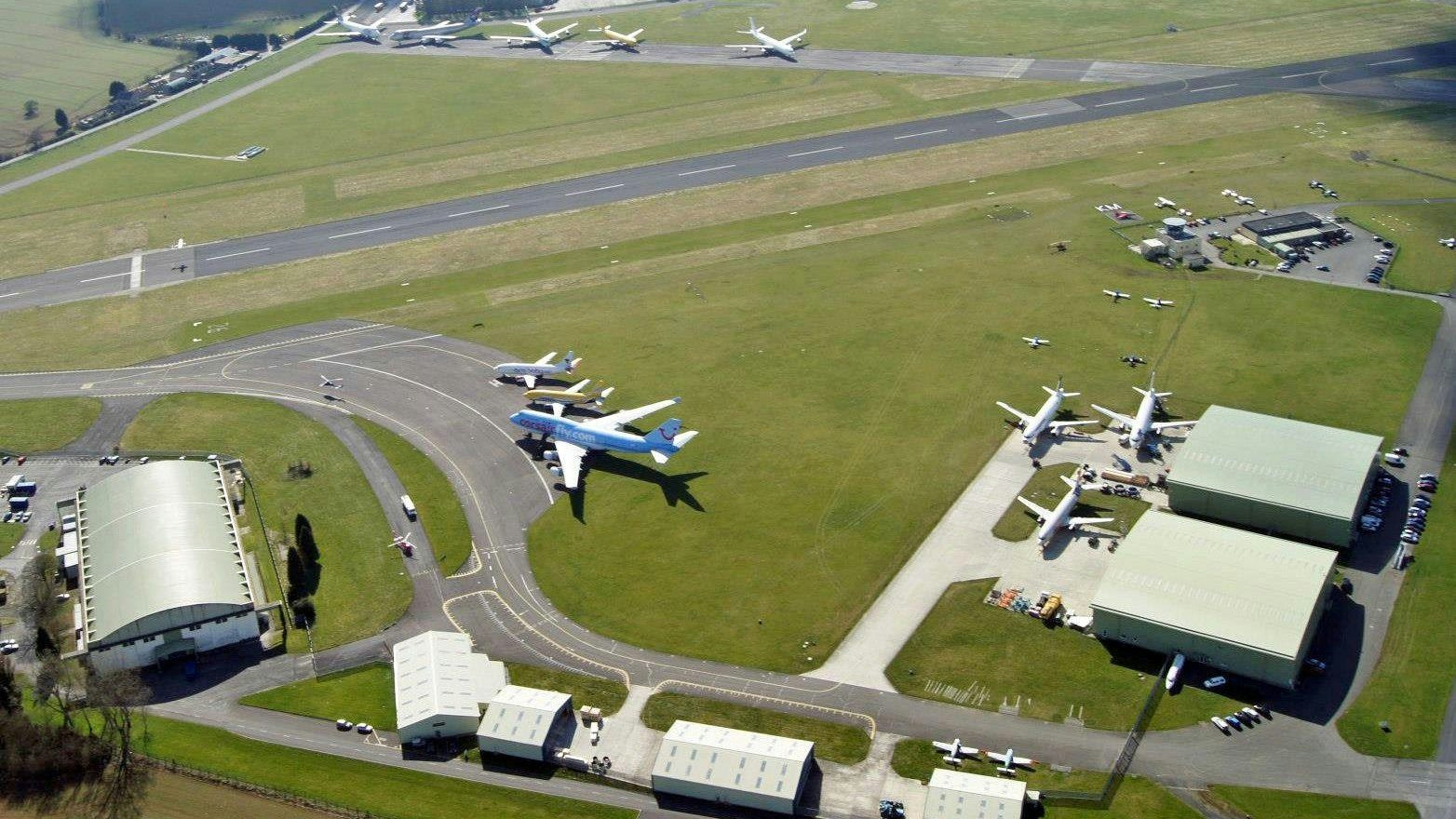
Young Aircraft Retired Early for Engine Salvage
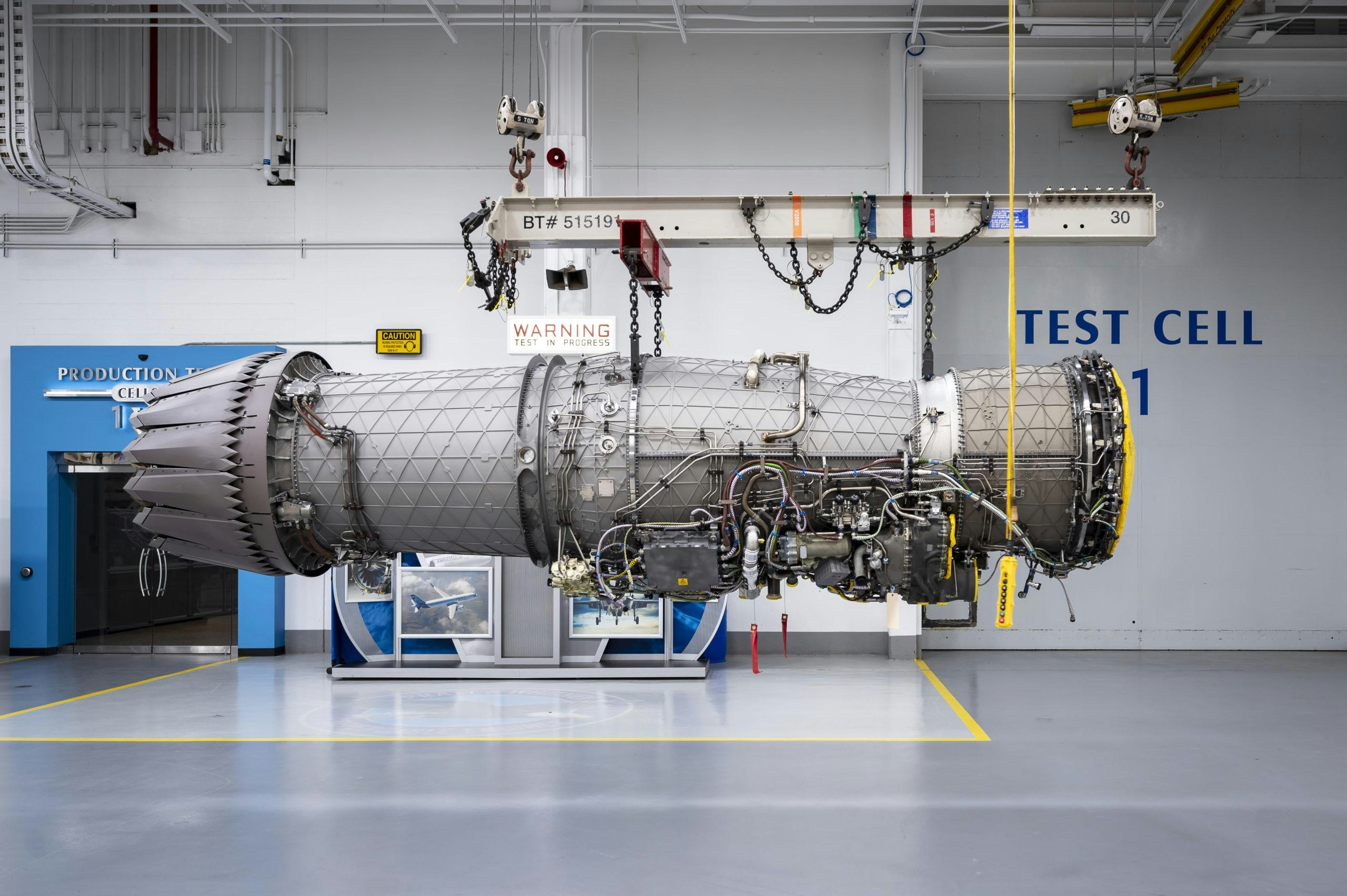
Data Centers Adopt Aviation Engines for Power Generation
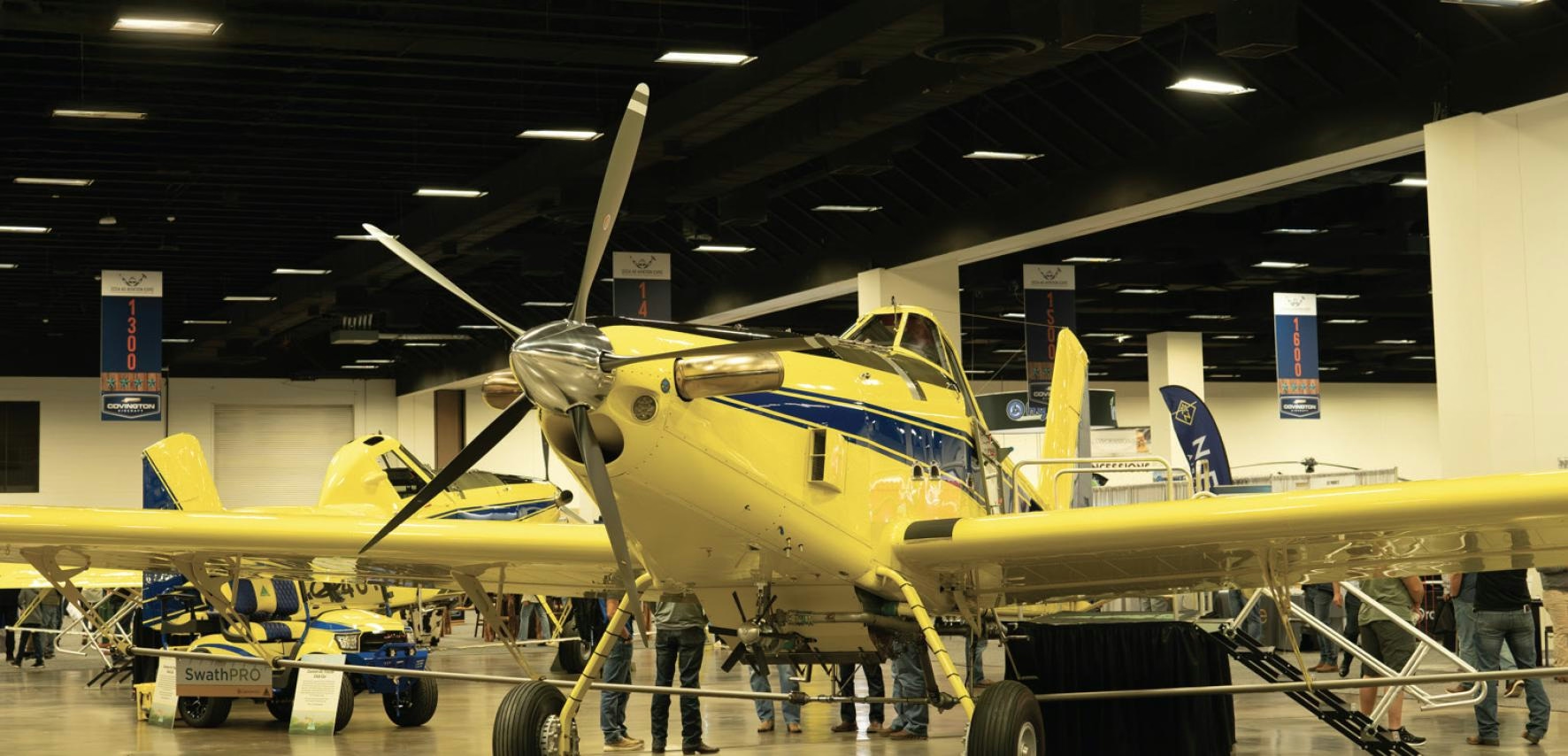
Turbine Conversions Ltd. Marks 35 Years in Ag Aviation and 25 Years of Single Point Fueling
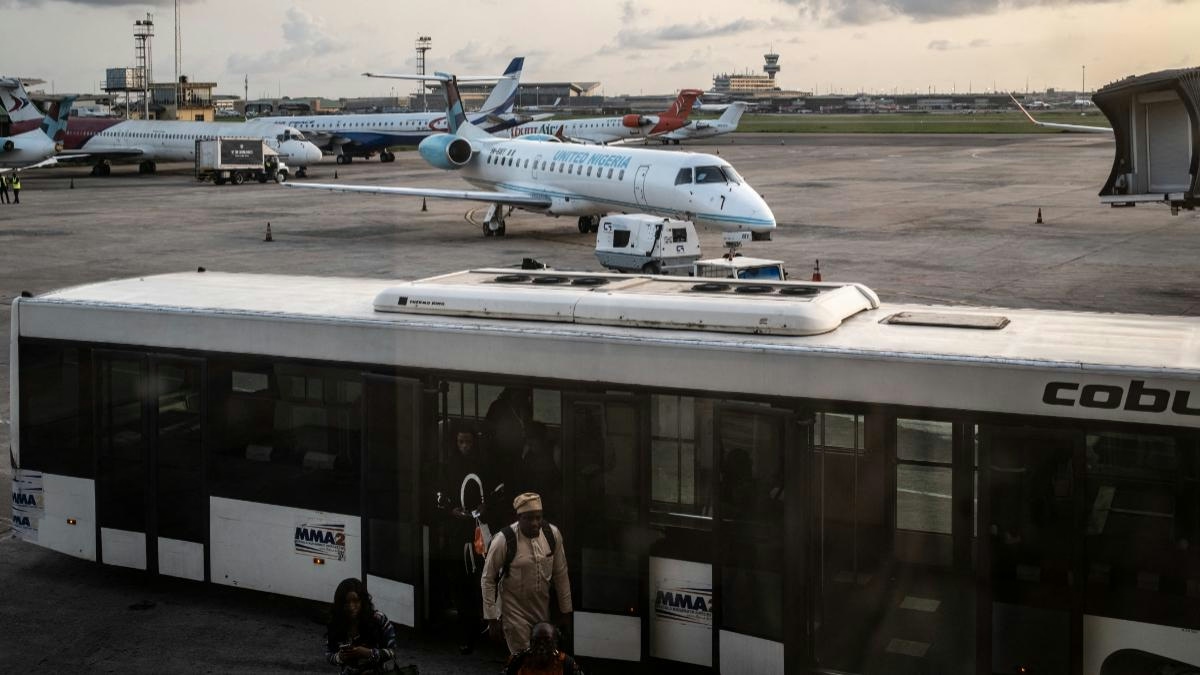
Brazilian, Chinese, and UK Airlines Target Nigerian Domestic Market for Expansion

Archer Aviation Expands Partnership with Korean Air

Ghana's Century Aviation Plans Air Taxi Service with C408 Aircraft
